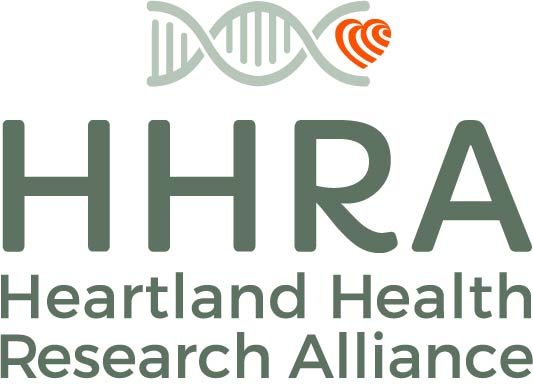Lanphear, 2015
Lanphear, Bruce, “The Impact of Toxins on the Developing Brain,” Annual Review of Public Health, 2015, 36:1, DOI: 10.1146/ANNUREV-PUBLHEALTH-031912-114413.
ABSTRACT:
The impact of toxins on the developing brain is usually subtle for an individual child, but the damage can be substantial at the population level. Numerous challenges must be addressed to definitively test the impact of toxins on brain development in children: We must quantify exposure using a biologic marker or pollutant; account for an ever-expanding set of potential confounders; identify critical windows of vulnerability; and repeatedly examine the association of biologic markers of toxins with intellectual abilities, behaviors, and brain function in distinct cohorts. Despite these challenges, numerous toxins have been implicated in the development of intellectual deficits and mental disorders in children. Yet, too little has been done to protect children from these ubiquitous but insidious toxins. The objective of this review is to provide an overview on the population impact of toxins on the developing brain and describe implications for public health. FULL TEXT
